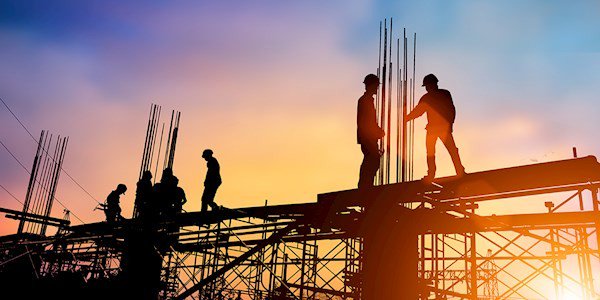
Building safety law reform has quite rightly been given huge priority after the 2017 Grenfell tragedy.
At the heart of new legislation is the 2022 Building Safety Act, which places significant new responsibilities on people involved in design, planning, approval, construction and the ongoing management of high-rise buildings of more than 18m or 7 storeys. The Act is primary legislation, which means that most of the detail of what you must actually do to comply follows in regulations (secondary legislation) as and when they are passed, which is usually following consultation with interested parties.
The wheels can turn slowly, and the Grenfell tragedy made it clear that the Government needed to act much more quickly on the core issue of fire safety. So the Regulatory Reform (Fire Safety) Order 2005 was quickly updated by the Fire Safety Act 2022 and, under that, we now have the Fire Safety (England) Regulations 2022, which came into force in January 2023. The new regulations implement the majority of the recommendations made by the Grenfell Tower Inquiry in its Phase 1 report.
If you can follow that, then the good news is that complying should be relatively straightforward for you. The key point to remember is that the new regulations are not restricted to high-rise buildings.
The Fire Safety Regulations 2022
The new regulations apply to all buildings in England that comprise two or more domestic premises, leased or rented.
There has to be a nominated Responsible Person (RP) to provide residents with safety instructions and information on the importance of fire doors and to make sure the Fire and Rescue Services have the information they need to deal with emergencies.
These duties include checking all fire doors (including self-closing devices) in the common parts of a building every quarter. This should include individual flat entrance doors where the lead to the common parts of the building. After all, a key finding of the Grenfell Inquiry has been that fire doors failed or were damaged.
Who can be the responsible person?
The RP may be the owner of the building, the landlord, or any person that has control of the premises such as a managing agent or resident management company director.
Who can do a fire door check?
The Government’s advice on the new requirements state that ‘responsible persons’ should be able to carry out the new inspections themselves without any input from a specialist. It provides a checklist for the inspection.
The RP should consider:
- If there has been any alteration or damage to a door’s glazing apertures or air transfer grille
- If there are any gaps around the door frame and that seals and hinges are fitted correctly
- That the door closer shuts the door
- That the door closes correctly around the whole frame
- That there is no visible damage (either deliberate or from wear and tear) to the door or door closer
If any issues are identified from these checks, your next steps may be to engage a specialist.
What are your responsibilities?
Two or more flats with common areas
- Assess and reduce risk
- Inform all residents what to do in the event of a fire
- Inform residents about the importance of fire doors on an annual basis.
Buildings over 11m height
- All of the above plus
- Mandatory quarterly fire door checks
Buildings of 18m or 7 storeys or more
- All of the above plus
- A secure information box for emergency service
- External wall survey
- Adequate lifts and firefighting equipment
- Wayfinding signage


